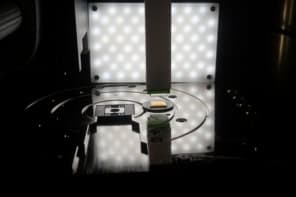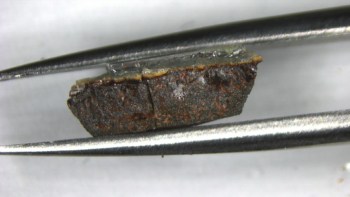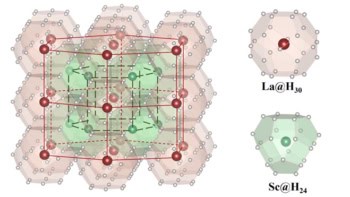
Researchers at Philips, the Dutch electronics giant, have designed a novel type of electronic paper that can change colour at the flick of a switch and does not require backlights. Philips says that the e-paper could be used for digital signs, enabling shop displays to be changed rapidly, and then retained without consuming too much energy. It is also seeking to develop colour-changing “skins” for products like mobile phones and handheld games consoles.
Electronic paper looks like conventional paper but because it reflects ambient light it does not need a backlight like conventional liquid crystal displays. The technology is already found in electronic book readers, such as Amazon’s Kindle, which have a matt appearance that is finally beginning to resemble the pages of a pocket novel. Such devices typically consist of electrically charged particles encapsulated between two electrodes, at least one of which is transparent. The particles are located at pixel sites, which can be controlled by applying an external electric field, in a process called electrophoresis.
Turning the page
In a standard book reader, the colour of each pixel can be alternated between two colours of choice – usually black and white – by flipping the polarity of pixels with an applied electric field. In this way, the pattern of black pixels on a screen forming the words of a book can be altered by pressing a button whenever a reader “turns” a page.
The Philips researchers instead apply a voltage across two electrodes on the face of the e-paper, rather than “into” the display as seen in conventional “top-down” electrophoresis. This “in-plane” electrophoresis means that they can combine different-coloured pigments in each pixel and use a third electrode to control how these particles spread across the display, which in turn dictates the saturation or shade of each colour.
In their design, all the different coloured pigments – cyan, magenta, yellow and black – can be stacked away in the corner of each pixel site leaving a transparent display. “It boils down to: where can we hide the coloured particles?” explained Kars-Michiel Lenssen, who is leading the Philips team developing these devices.
Lenssen’s team created a 10 µm thick display filled with magenta pigment to demonstrate the principle of the new technology. It reflects 80% of incoming light in the clear state, when the pigment is “hidden” in the corner. When the pigment is spread out, it reflects around 10% of the incoming light – at a wavelength of 570 nm. Importantly, the device has a contrast of 25:1 whereas previous e-papers, which use top-down electrophoresis, have only managed up to 8:1.
Reflecting on progress
Jurgen Daniel of the Palo Alto Research Centre (PARC) points out that similar electronic skin products have already been developed by Hewlett-Packard and Kent Research, based on LCD technology. He is impressed, however, with the progress Philips has made in this research. “For full-colour electronic paper, the reflectance values sound promising but the required stacking of layers has some challenges.”
Lennsen and his team intend to develop their work alongside other researchers in related fields. “Because Philips is not a chemical company, we will not produce the electrophoretic inks by ourselves,” he said. “We have demonstrated the feasibility of the concept with a few colours and do not expect major issues for a chemical company to develop similar inks in other colours.”
Details of this ongoing research project are published in Journal of the Society of Information Display (18 1–7).



